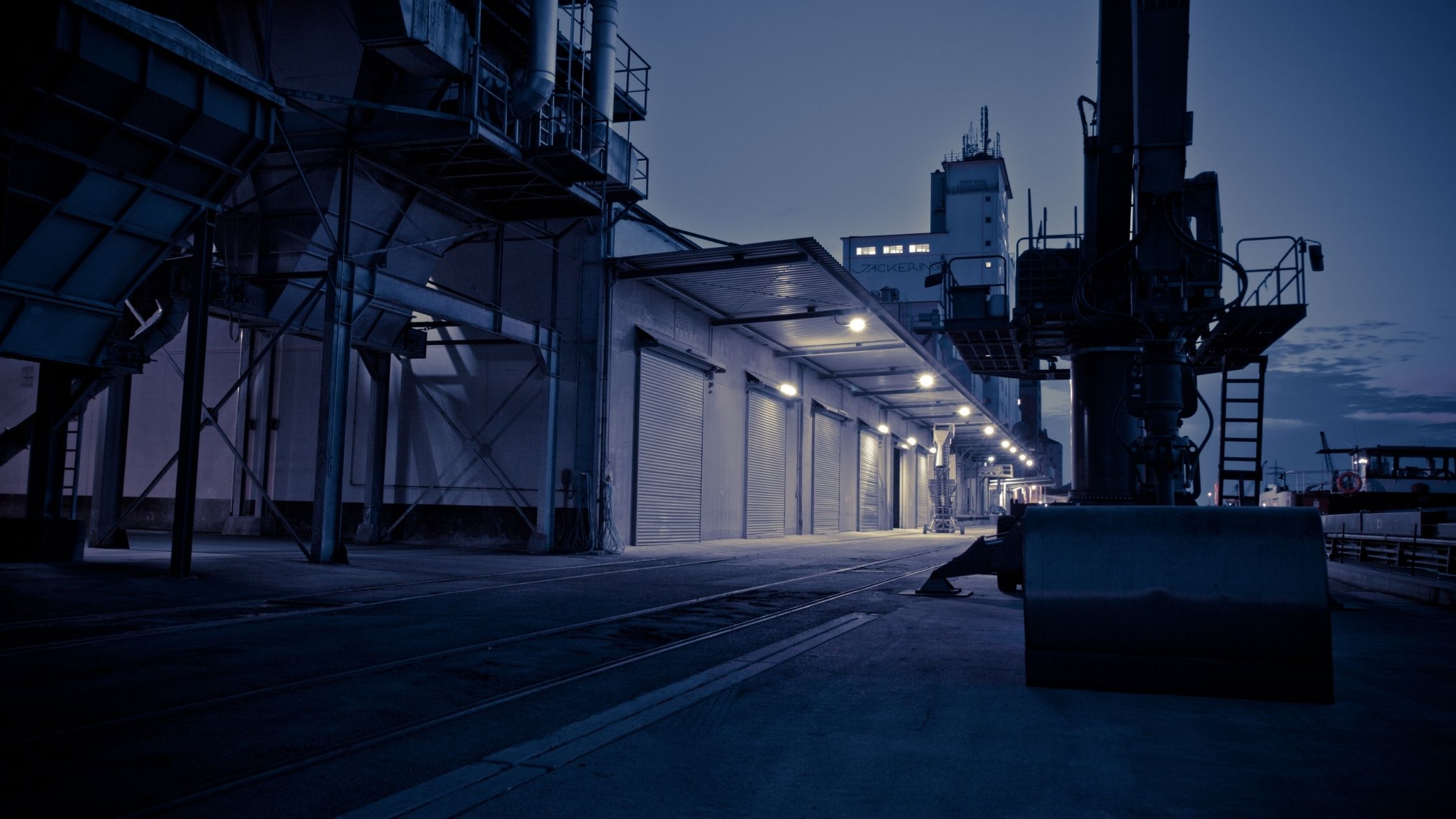The industry’s expanding competitiveness necessitates high-quality, consistent products at a reasonable price. To meet this problem, a variety of businesses are contemplating novel product designs and integrated manufacturing procedures, as well as the usage of automated devices. In this blog, we tell you about Industrial Automation.
Industrial Automation
Industrial automation is one of the most notable and impactful steps toward resolving the aforementioned problem. By using new, creative, and integrated technologies and services, industrial automation makes it possible to improve product quality, reliability, and production rate while lowering manufacturing and design costs.
What exactly is Industrial Automation?
Automation is a step beyond mechanization in that it employs a specific machinery mechanism supplemented by human operators to complete a task. The manual operation of a task employing powered machinery that relies on human decision-making is known as mechanization.
Automation, on the other hand, replaces human involvement through the use of logical programming commands and sophisticated machinery. Industrial Automation is the use of computers and machinery to replace human thinking.
In a nutshell, industrial automation is the application of predefined technologies and automatic control devices to achieve automatic operation and control of industrial processes without considerable human intervention while outperforming manual control.
Benefits of Industrial Automation
PLCs, PCs, and PACs are examples of automation devices, while numerous industrial communication systems are examples of technology.
Why is Industrial Automation used? (Benefits of an Automation System)
To Boost Productivity
Automation of a factory, manufacturing, or process plant increases production rate by improving production control. It aids in large production by substantially lowering assembly time per product while maintaining high production quality. As a result, a given labour input, generates a tremendous amount of output.
To give the Lowest Possible Operating Cost
Integration of numerous processes in the industry with automated machinery reduces cycle times and effort, reducing the demand for human labour. As a result of automation, the investment in employees has been reduced.
To Enhance Product Quality
Because automation decreases the need for human intervention, the likelihood of human error is reduced. Automation can preserve uniformity and product quality with better conformance by adaptively controlling and monitoring industrial processes at all stages, from product conception to end product.
Routine Checks Should be Reduced
Automation eliminates the requirement for manual verification of numerous process parameters. Industrial processes use automation technologies to automatically alter process variables to set desired values.
To Increase the Level of Security
Industrial automation improves worker safety by replacing people with automated machines in hazardous working circumstances. Historically, industrial robots and robotic devices have been used in unsafe and hazardous environments.
An Industrial Automation System’s Hierarchy
Industrial automation systems can be extremely complicated, with a huge number of devices functioning in tandem with automation technology.
Field Level
It is the lowest level of the automation hierarchy, containing field equipment such as sensors and actuators. The primary function of these field devices is to transmit data from processes and machines to a higher level for monitoring and analysis. It also covers the control of process parameters via actuators.
Control Level
This level is made up of numerous automation devices such as CNC machines, PLCs, and so on, which collect process characteristics from various sensors. Based on the analyzed sensor signals and the program or control strategy, the automatic controllers drive the actuators.
Programmable Level
PLCs (Programmable Logic Controllers) are the most often utilized robust industrial controllers capable of delivering automatic control tasks depending on sensor input. It is made up of several modules such as the CPU, analog I/O, digital I/O, and communication modules. It enables the operator to program a control function or strategy to perform certain automatic process operations.
Supervision and Production Control Level
Automatic devices and monitoring systems permit regulating and intervening functions such as Human Machine Interface (HMI), monitoring various parameters and setting production targets at this level.
Information or Enterprise Level
This is the highest level of industrial automation, and it oversees the entire automation system. This level’s responsibilities include production planning, customer and market analysis, orders and sales, and so on. As a result, it focuses on economic operations rather than technical aspects.
Furthermore, industrial communication networks are prevalent in industrial automation systems that convey information from one level to the next. As a result, these are present at all levels of the automation system to ensure a constant flow of information. This communication network may differ from one level to the next.

Leave a Reply